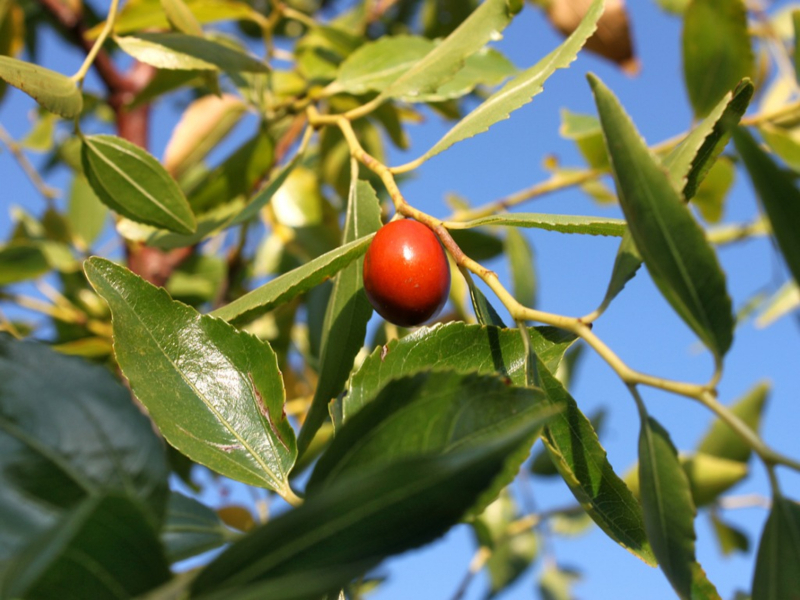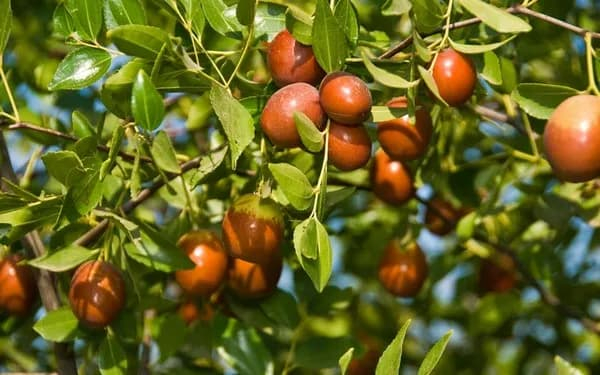Ber

Ber fruit is botanically classified as Ziziphus mauritiana, and is a member of the Rhamnaceae, or jujube, family. Ber fruit is also referred to as Indian Jujube, Beri Fruit, Indian Plum, and Indian Cherry. Ber fruit comes in almost 90 different varieties. Ber is a plant native to the tropics and subtropics that is related to the more popular Chinese jujube, which thrives in more temperate climates. A pigment that is derived from the Ber fruit is also used as a natural dye for silk. The Ber tree can produce up to 30,000 fruits per year, most of which are consumed.
Ber fruit is a little fruit with a round to oblong form and thin, glossy skin. As they ripen, their color changes from light green or yellow to orange-red. Both slightly underripe and ripe fruit are edible. Underripe fruits have white flesh that is dense, crisp, and astringent, whereas fully ripe fruits have flesh that is more spongy, somewhat mealy, and have a more subdued floral flavor. A hard, inedible stone is located in the center of each fruit. Ber fruits are borne on diminutive, bushy trees that can develop to a height of 12 meters. Ber fruit is available in the spring and fall months.











